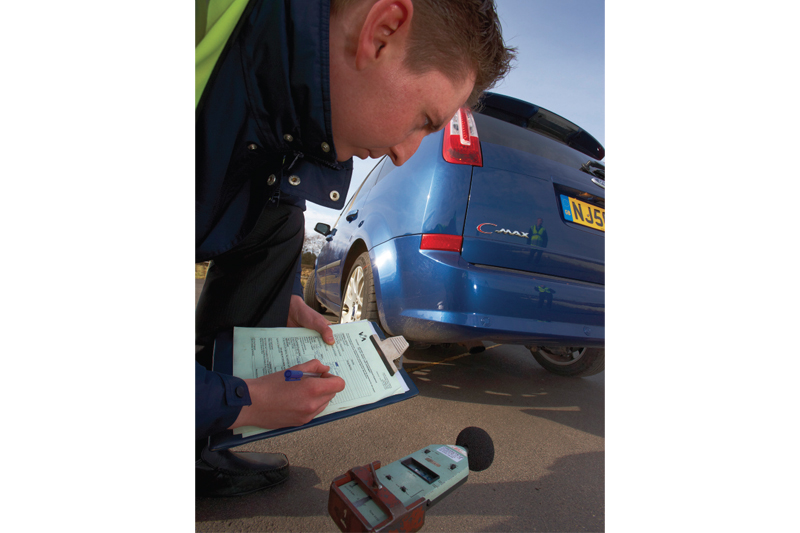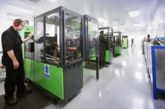A guide to emissions control technology legislation

Doug Bentley, head of research and development at Klarius Products, discusses the latest advancements in emissions control technology and compliance with legislative standards.
From Dieselgate to clean air zones, vehicle emissions are rarely out of the news. While new, highly efficient combustion engines and electrification are making gains in our battle to reduce global warming and improve air quality, exhausts remain on the frontline of lowering CO2, nitrogen oxide (NOx) and particulate emissions. Consequently, emissions control technology has rapidly developed over the decades, presenting challenges to OEMs.
Introduced to reduce noise and fumes from combustion engines, exhausts became more than simple pipes when it was discovered that fitting them improved engine performance. By slightly restricting the exhaust, the velocity of gases could be increased and negative pressure waves inside the system harnessed for scavenging from each cylinder, increasing power output.
As well as tuning, attention turned to how exhausts could reduce harmful emissions. Initially developed for industrial smokestacks, the first production catalytic converters (CATs) were introduced in the 1970s and widely adopted and fitted on new cars in the US. Featuring an internal structure coated in platinum, rhodium and palladium, CATs react with exhaust gases at high temperatures, reducing harmful emissions. Despite widespread use, CATs didn’t become mandatory on new UK cars until 1992.
The reason for this was the introduction of Euro 1, a new EU emissions standard. Emissions legislation had existed before, but Euro standards would drive rapid technological development of exhausts in Europe. Ultimately, the aim was to reduce hydrocarbon, NOx, carbon monoxide and particulate emissions from ICE road vehicles.
Each iteration of the standard is more prescriptive, forcing VMs to meet lower levels of emissions for new models. Our current standard, Euro 6, was introduced in 2014, with Euro 7 set for July 2025. The effect of these standards has been enormous.
In 2017, the Society of Motor Manufacturers and Traders (SMMT) estimated that the Euro standards had reduced hydrocarbon emissions from vehicles by 50% and NOx by 84% since 2001; while particulate matter from diesels was down by 96% from 1993. These reductions are owed, along with new efficient engine designs, in part to new emissions control technologies.
Dealing with diesels
Hot on the heels of Euro 4 in 2005 came Euro 5 in 2009. Both standards focused on reducing the NOx and particulate emissions from diesel vehicles and saw the advent of the DPF.
A flow-through device with a honeycombed internal monolith, the DPF captures soot from the exhaust gas stream, storing it within. Once the device reaches a high enough temperature during normal driving (passive) or at the behest of the ECU (active), it reduces the soot to fine ash in a process known as regeneration, preventing particulates entering the atmosphere. As of Euro 5, all diesel vehicles were required to have a DPF installed.
Euro 6 spurred the adoption of AdBlue for diesel vehicles, a urea-based solution designed to further reduce NOx emissions. Stored in a separate tank, AdBlue is sprayed into the exhaust gas stream, reacting with NOx to produce harmless nitrogen and water vapour in a process known as selective catalytic reduction (SCR). While a complex system, SCR has allowed diesel vehicles to meet the very highest emissions standards.
Emissions testing in real-world conditions
Standards were further improved in 2017, as the Worldwide Harmonised Light Vehicle Test Procedure (WLTP) was rolled out. Designed to better simulate real-world driving conditions, this required VMs to lower emissions over a broader range of operation.
By 2018, EU6c legislation came into effect, which further reduced the permissible NOx and particulate emissions for both diesel and petrol cars. To meet this standard, new petrol vehicles were fitted with a petrol particulate filter (PPF), similar in function to its DPF counterpart.
Look out for part two, which will focus on what this means for the industry.








